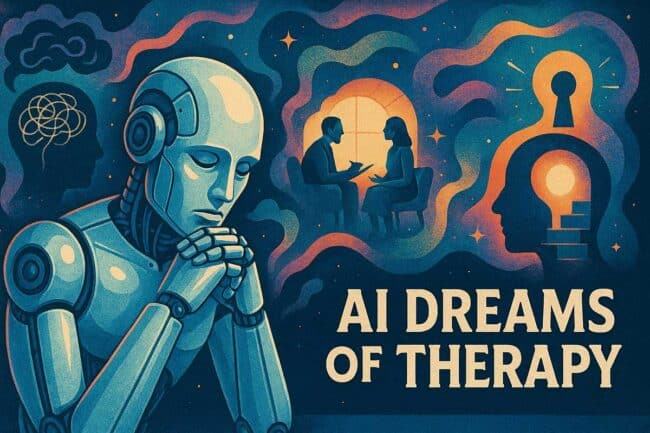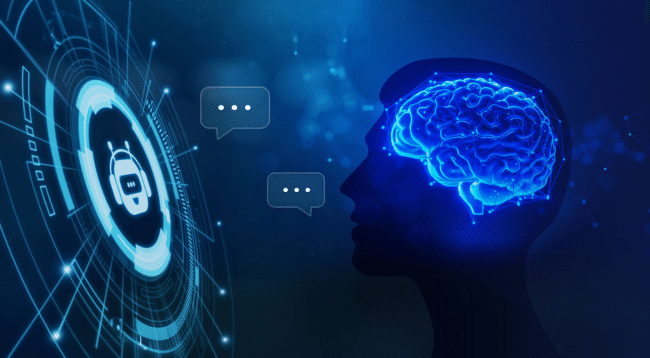More Than a Shelf of PDFs
Digital libraries are often seen as giant warehouses filled with books waiting to be opened. Yet many of their strengths remain unnoticed. The search tools go far beyond typing a single title. Advanced filters help sort by language publication year or even subject matter with surgical precision. This changes the way a reader approaches research or leisure. Instead of wandering through endless pages the library becomes a curated gallery where every shelf adjusts to match the need.
Even the collections themselves are richer than most imagine. With Z library it is easy to explore a large learning collection that covers rare academic works and modern bestsellers in one breath. This blend gives the experience of walking through both a quiet archive and a bustling bookstore without leaving a screen. That duality often gets ignored yet it is one of the key charms of digital spaces built for reading.
Tools That Shape the Reading Experience
Annotation features turn static pages into living notebooks. Highlighting passages or dropping a quick note creates a map of thoughts that can be revisited later. For a student or an avid learner these marks become breadcrumbs leading back to insight. Many people overlook this because the habit of scribbling in margins feels tied to paper. On a digital page those same habits can thrive without running out of space or ink.
Reading formats also deserve a closer look. A single file may open in PDF ePub or plain text and each comes with its own strengths. Switching between them is not a gimmick but a way to change the feel of the material. An ePub flows like water on small screens while a PDF preserves the original page design. Hidden in that choice is freedom to control how words meet the eyes.
These layers often hide behind menus or small icons yet they hold the power to reshape a bookish journey. To show how practical these features can be here are three often missed advantages worth pausing over:
- Offline Access Without Drama
Downloading for offline use might look like a basic feature but its impact grows during travel or in places with weak internet. It transforms a library into a pocket that carries the world’s stories anywhere. This access does more than provide comfort. It offers stability. A train delay or a long wait at a clinic turns from wasted time into a window for learning. The security of knowing a book is always ready reduces the stress that comes when technology depends too heavily on connection.
- Personalized Collections at a Click
The ability to create personal shelves or lists shapes reading habits in ways that echo childhood memories of stacking books beside a bed. A digital list becomes a promise to return later. Unlike a stack of paper though these shelves never gather dust. They can be reshaped at will. This helps both in academic work where sources need careful grouping and in casual reading where mood changes fast. The feature is often there yet hidden in plain sight.
- Cross Device Harmony
Synchronization across devices means progress never gets lost. Reading starts on a phone during a commute continues on a tablet in a café and ends on a laptop at night. This harmony is rarely praised yet it saves constant searching for the right page. The story flows without breaks just like listening to a song playlist across speakers and headphones. The sense of continuity keeps focus strong and prevents small frustrations from interrupting a long read.
Together these small strengths paint a larger picture. They shift the idea of a digital library from static storage to a living companion that adapts to shifting rhythms of daily life.
Beyond Reading Toward Discovery
Digital libraries do not stop at offering pages to scroll. Many integrate community reviews or ratings which act like whispers from fellow readers in a crowded café. This shared insight guides choices in a way that algorithms cannot fully replace. A five star review from someone who loved “The Master and Margarita” may nudge attention toward a hidden gem waiting nearby.
Search suggestions also open doors to unexpected finds. Typing in “Shakespeare” may lead not only to his plays but also to critical essays biographies and modern retellings. In that moment the digital library becomes a conversation between centuries of voices. Discovery grows not from chasing a single book but from following trails that branch in surprising directions.
The Subtle Value of Structure
The way books are organized matters as much as the content itself. Digital indexing allows readers to jump straight to a chapter or keyword instead of flipping page by page. This is not just convenience. It mirrors the way the mind recalls fragments rather than whole works. Reaching a specific quote in “One Hundred Years of Solitude” without effort feels like pulling a memory from a shelf.
Some libraries also offer citation tools that prepare references in academic styles. This small feature often escapes attention yet it spares hours of manual formatting. It gives structure to research without dragging down the flow of writing. Features like these rarely make headlines but they quietly carry the weight of practical value.
In the end a digital library is not just a storage room but a stage where reading learning and discovery keep changing form. Hidden tools sit in the wings waiting for their cue. Those who notice them find that the performance of reading can be richer than expected.














